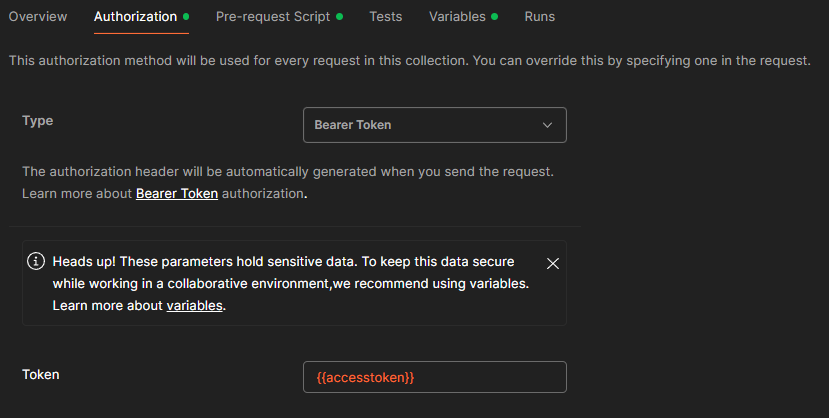In the modern development landscape, testing and interacting with APIs is a critical task. Postman emerges as a powerful tool in this regard, offering extensive features for sending requests, testing, and documentation. However, when it comes to API authentication, especially with OAuth2.0, developers often face challenges. The manual process of obtaining access tokens and refreshing them can become a bottleneck, slowing down testing and development cycles significantly.
The Challenge with Manual Authentication
OAuth 2.0, a robust security protocol widely adopted for securing API communications, introduces an additional layer of complexity. It requires tokens for authentication, which have a limited lifespan and need to be refreshed periodically. Manually managing these tokens in Postman for API testing can be cumbersome. This manual process involves several steps: requesting a new token, updating the Postman environment or request with the new token, and repeating this process each time the token expires. This workflow disrupts the automation and efficiency that tools like Postman aim to provide.
Streamlining Authentication with Pre-Request Scripts
Pre-Request Scripts in Postman offer a powerful way to automate tasks that need to be executed before sending a request. By leveraging this feature for handling OAuth 2.0 token management, we can significantly streamline the authentication process. The script automates obtaining and refreshing tokens as needed, ensuring that each request is sent with a valid authentication token.
Implementing the Solution
To implement this solution, you need to follow a few simple steps:
- Store the Script in the Pre-Request Script Section: First, navigate to the “Pre-Request Script” tab at the collection level in Postman. Copy the JavaScript code provided earlier into this section. This script will run before any request in the collection, taking care of the authentication automatically.
- Set Up Your Environment Variables: Create an environment in Postman and define variables for storing your
clientid,urlof your resource and any other variables you might need in your requests. Your environment would look like the following screenshot. In this case I am using the well known client ID of Azure PowerShell. I recommend you create your own app registration in Azure.
- Set Up Authorization in your Collection: In your collection, switch to Authorization tab. Select “Bearer Token” as the Type and set the Token to
{{accesstoken}}. This is the variable that is set by the script when authentication is successful.
- The Initial Authentication Process: The first time a request is sent from the collection, the script checks the validity of the current access token. If it’s not valid or missing, the script initiates the authentication flow, displaying a device code in the Postman Console. You’ll be prompted to visit http://aka.ms/devicelogin, enter the provided code, and log in with your account. This is how it looks like in Postman’s Console.

- Seamless Authentication for Subsequent Requests: Once authenticated, all subsequent requests within the collection will use the refreshed token automatically. The script handles token expiration and refreshes, ensuring uninterrupted testing.
The Script
The script is written primarily to use Microsoft Entra (formerly Azure Active Directory) and my immediate need was to use it for Microsoft Power Platform’s Web API. But, I have broken down the logic into several small functions to make it easy to adapt it for any other authentication provide and API with minimal change. After all, Microsoft Entra uses OAuth 2.0.
You can download the full script from this gist. https://gist.github.com/rezanid/b149cc77c48afc678de719a6e8133f54
Benefits and Considerations
This approach brings several advantages
- Efficiency: Automates token management, allowing you to focus on testing and development.
- Consistency: Ensures that all requests in a collection are consistently authenticated.
- Security: Encapsulates authentication logic within Pre-Request Scripts, minimizing the risk of manual errors.
However, in my script I have used public client id of Azure PowerShell, but I strongly recommend to create a new app registration in Azure and use its client id instead.
Conclusion
By automating OAuth 2.0 authentication in Postman with Pre-Request Scripts, developers can overcome the challenges associated with manual token management. This method enhances productivity, allowing you to test APIs more efficiently and securely. As APIs continue to play a crucial role in software development, streamlining every aspect of interaction with them becomes essential. Automating authentication in Postman is a step towards achieving this goal, enabling smoother and faster API testing workflows.

Leave a comment